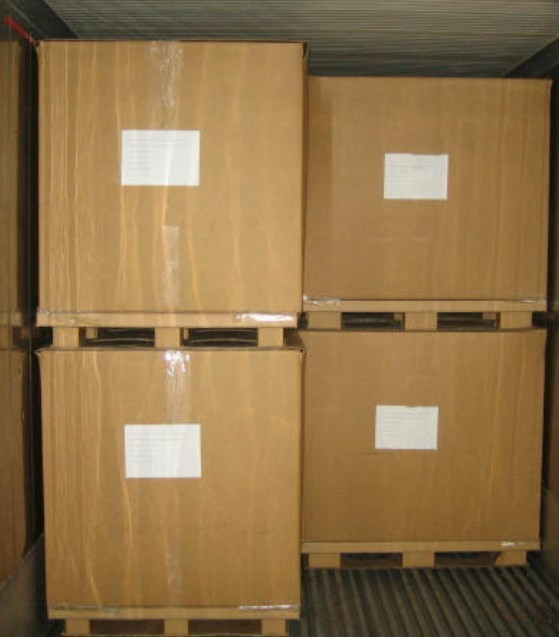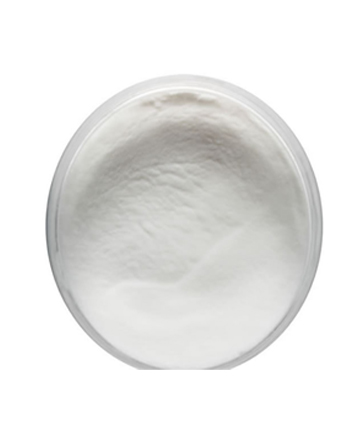Professional solutions on concrete addtives, Concrete Foaming Agent, Superplasticizer, CLC Blocks Additives, and foaming machine
(Buildings are prone to corrosion and cracking, and two major airports in the UK were exposed to using "problematic concrete materials.")
Recently, hundreds of school buildings in the UK had to be closed before the start of the term due to the risk of collapse due to the use of lightweight concrete building materials. According to the latest reports from British media, the two major airports in the UK, Heathrow Airport and Gatwick Airport, also recently stated that this "problematic concrete material" was detected in airport buildings.
London's Heathrow Airport, the UK's largest airport, said in a recent statement that staff had assessed the airport's buildings and said there were ways to ensure the safety of the buildings until a "permanent solution" was found. Gatwick Airport, the UK's second largest airport, said it has registered locations where "problematic concrete materials" are used and will closely monitor and regularly inspect them. The most recent inspection was conducted in June this year, and the airport stated that "no problems were found."
According to Agence France-Presse, the use of "problematic concrete building materials" was discovered at two airports before the media widely reported the incident. As early as last year, this concrete building material was detected in Heathrow Airport Terminal 3. The airport is said to have taken measures to ensure terminal security.
According to reports, this concrete building material was widely used in British construction from the 1950s to the mid-1990s due to its low price and lightweight. However, over time, buildings using this building material are susceptible to corrosion and cracking. In 2018, concerns about the concrete building material grew after the roof of a primary school collapsed without warning in southeast England.
How to prevent concrete building collapse?
Reasonable design: During the design stage, factors such as the structural form of the building, foundation conditions, construction environment, etc., should be fully considered to ensure that the structural design is reasonable, safe, and reliable. At the same time, relevant norms and standards must be followed to ensure that the design meets the requirements.
Strengthen foundation engineering: Before construction, detailed geological surveys should be conducted to understand the soil quality of the foundation, groundwater levels, etc., and a reasonable foundation engineering plan should be formulated based on the actual situation. For adverse geological conditions such as soft soil foundations, appropriate treatment measures should be taken to enhance the bearing capacity and stability of the foundation.
Strictly control construction materials: The quality of concrete directly affects the stability of the building. High-quality materials, such as high-quality cement, aggregates, etc., should be selected, and the mix proportions should be designed in strict accordance with the design requirements. At the same time, it is necessary to control the transportation, mixing, pouring, and other aspects of concrete to ensure that the quality of the concrete meets the requirements.
Strengthen construction management: During the construction process, construction site management should be strengthened to ensure that various safety measures are effectively implemented. Particular attention should be paid to formwork support during concrete pouring and the installation and use of construction machinery to avoid safety accidents due to improper operation or poor management.
Regular maintenance and inspection: During the use of the building, routine maintenance and inspection should be carried out to detect and deal with existing safety hazards in a timely manner. Problematic parts should be reinforced or repaired in time to ensure the security and stability of the building.
Admixtures play a critical role in maintaining high slumps in concrete
Improve concrete performance: Water-reducing agents can significantly increase the slump of concrete, allowing it to maintain good working performance and facilitate construction.
Enhance concrete durability: By reducing the water-cement ratio, water-reducing agents can increase the compactness of concrete, thereby improving its impermeability and frost resistance and extending the service life of the building.
Cost saving: While maintaining the fluidity and strength of concrete, water-reducing agents can reduce the use of mixing water, thereby reducing the amount of cement and saving costs.
Improve construction efficiency: The use of water-reducing agents can improve the pourability and cohesion of concrete, reduce bleeding and segregation, and improve construction efficiency.
Environmental protection: The use of water-reducing agents can reduce the consumption of cement and water, thereby reducing resource consumption and environmental burden.
Supplier
TRUNNANO is a supplier of alkali-free liquid concrete accelerator(which is one of concrete additives) with over 12 years experience in nano-building energy conservation and nanotechnology development. It accepts payment via Credit Card, T/T, West Union and Paypal. Trunnano will ship the goods to customers overseas through FedEx, DHL, by air, or by sea. If you are looking for high quality concrete additives, please feel free to contact us and send an inquiry. (sales@cabr-concrete.com).
(Buildings are prone to corrosion and cracking, and two major airports in the UK were exposed to using "problematic concrete materials.")








